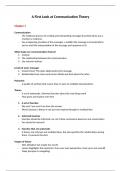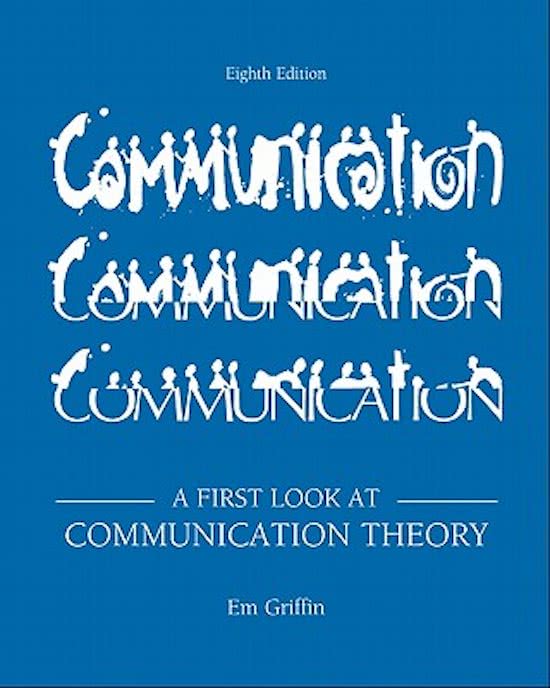Summary
Samenvatting A First Look at Communication Theory - Introduction to communication science (S_RPPS)
- Course
- Institution
- Book
This is a summary of the chapters of the book 'A first look at communication theory' that you should learn before your exam in the course 'introduction to communication science' in the first period of your first year at the VU before studying communication science.
[Show more]




